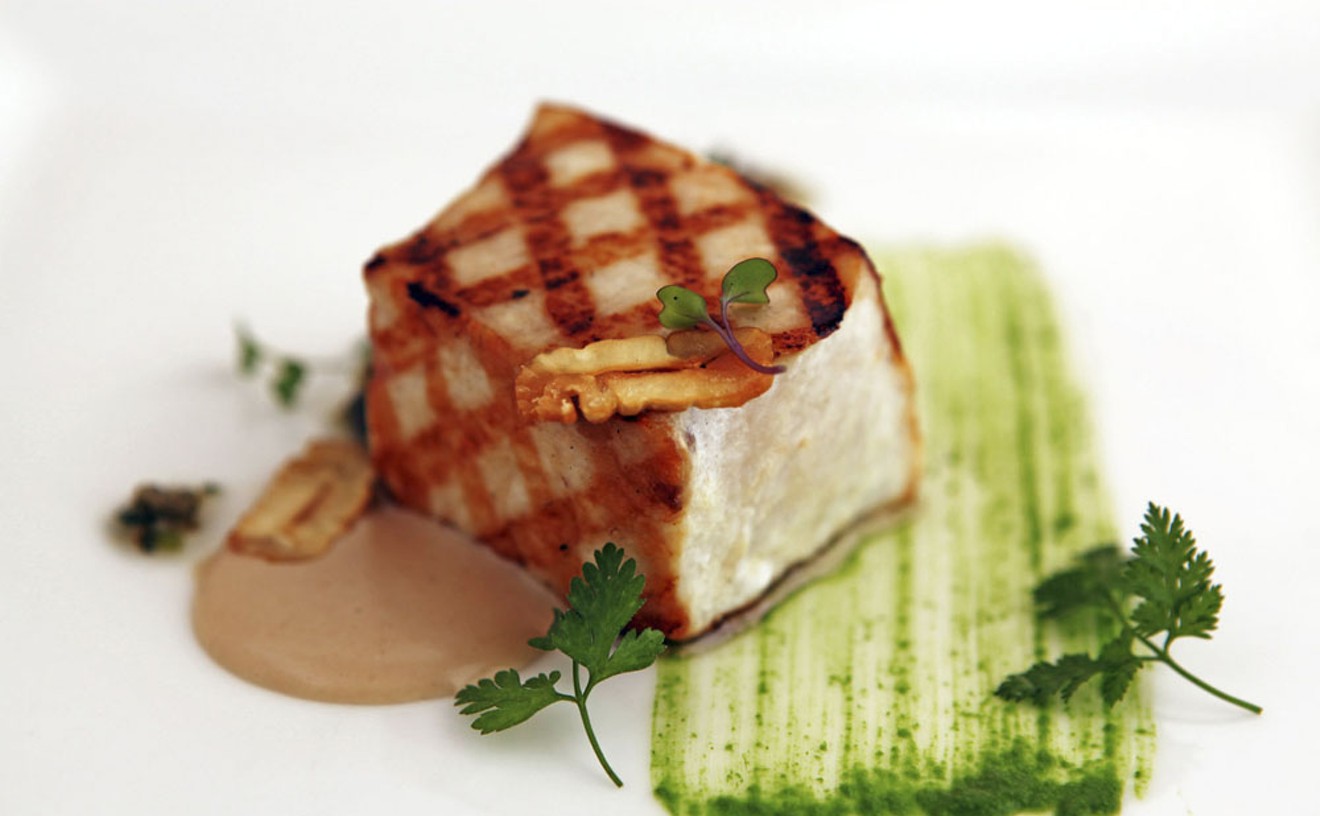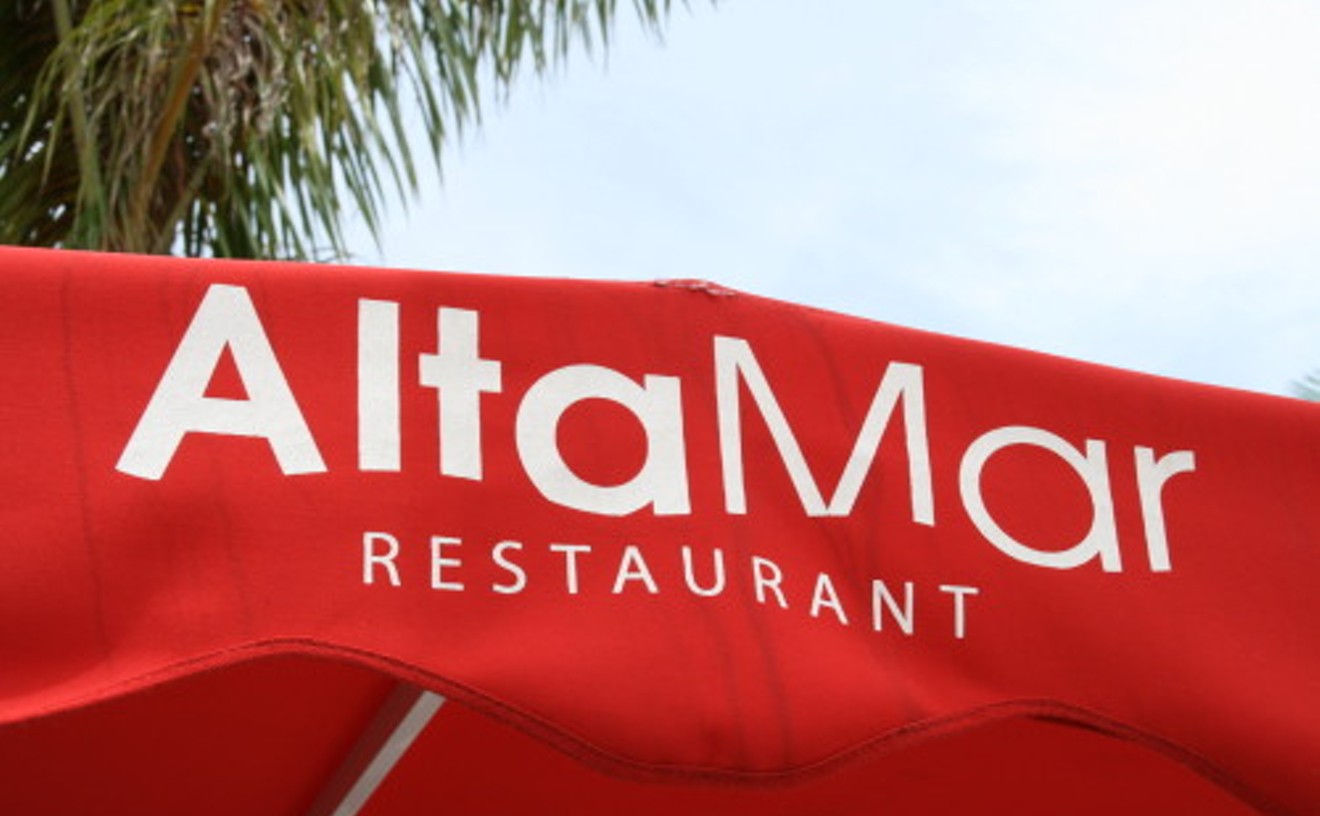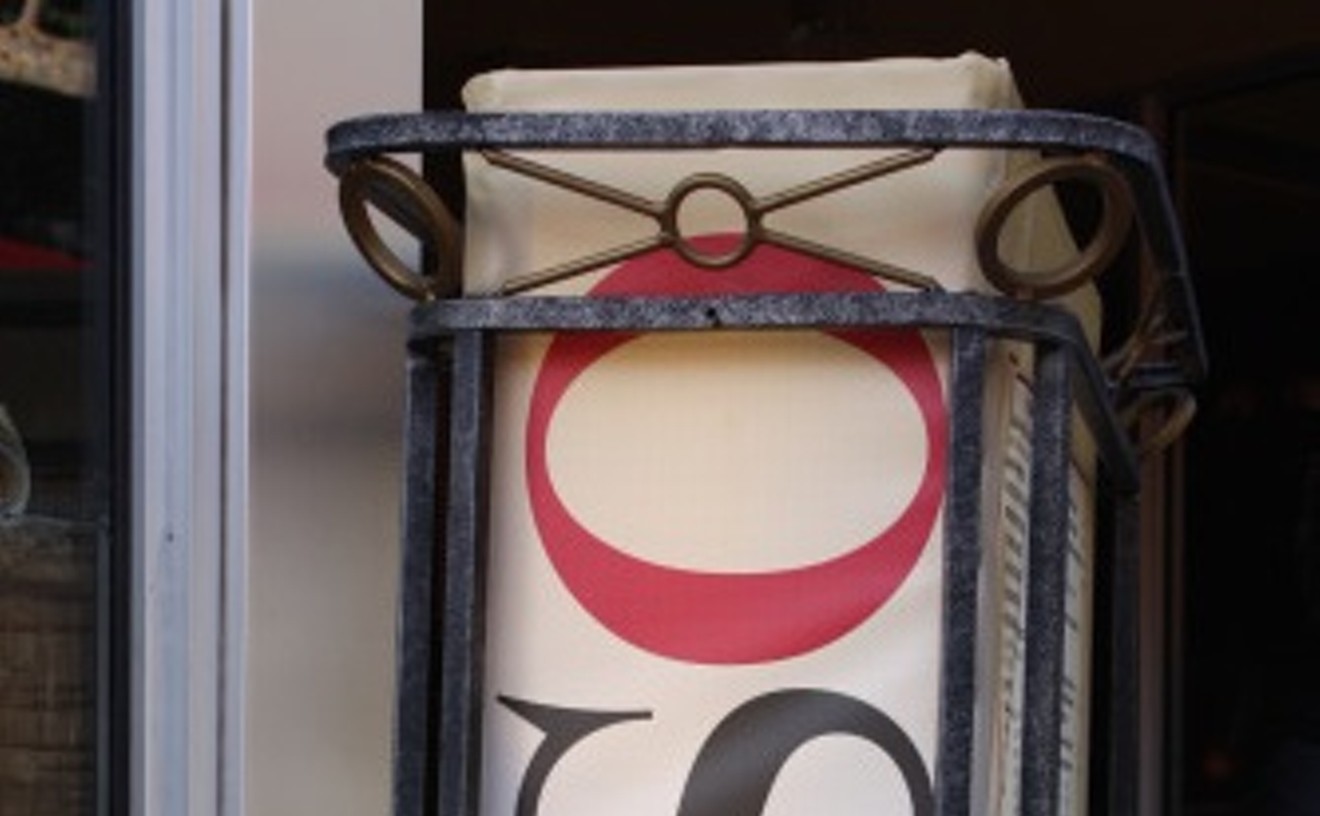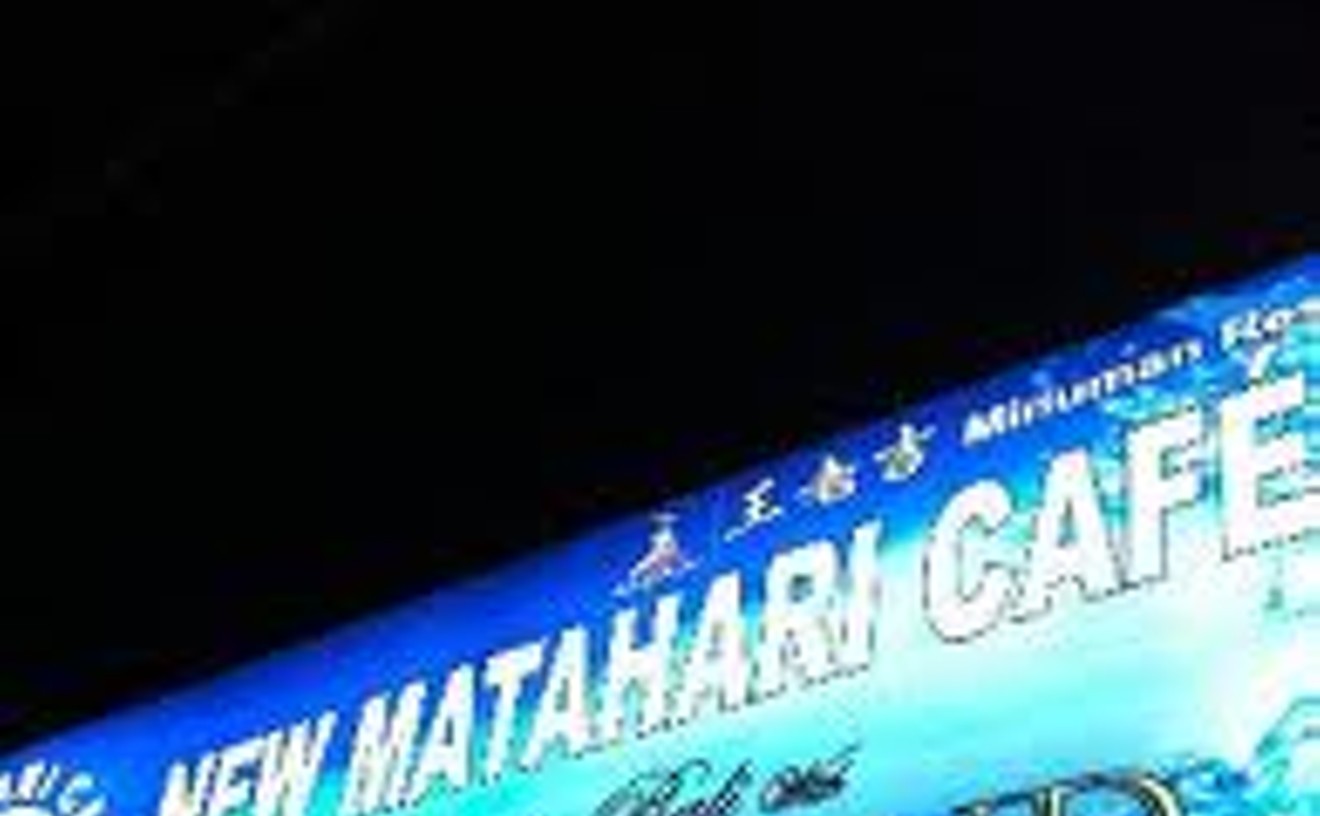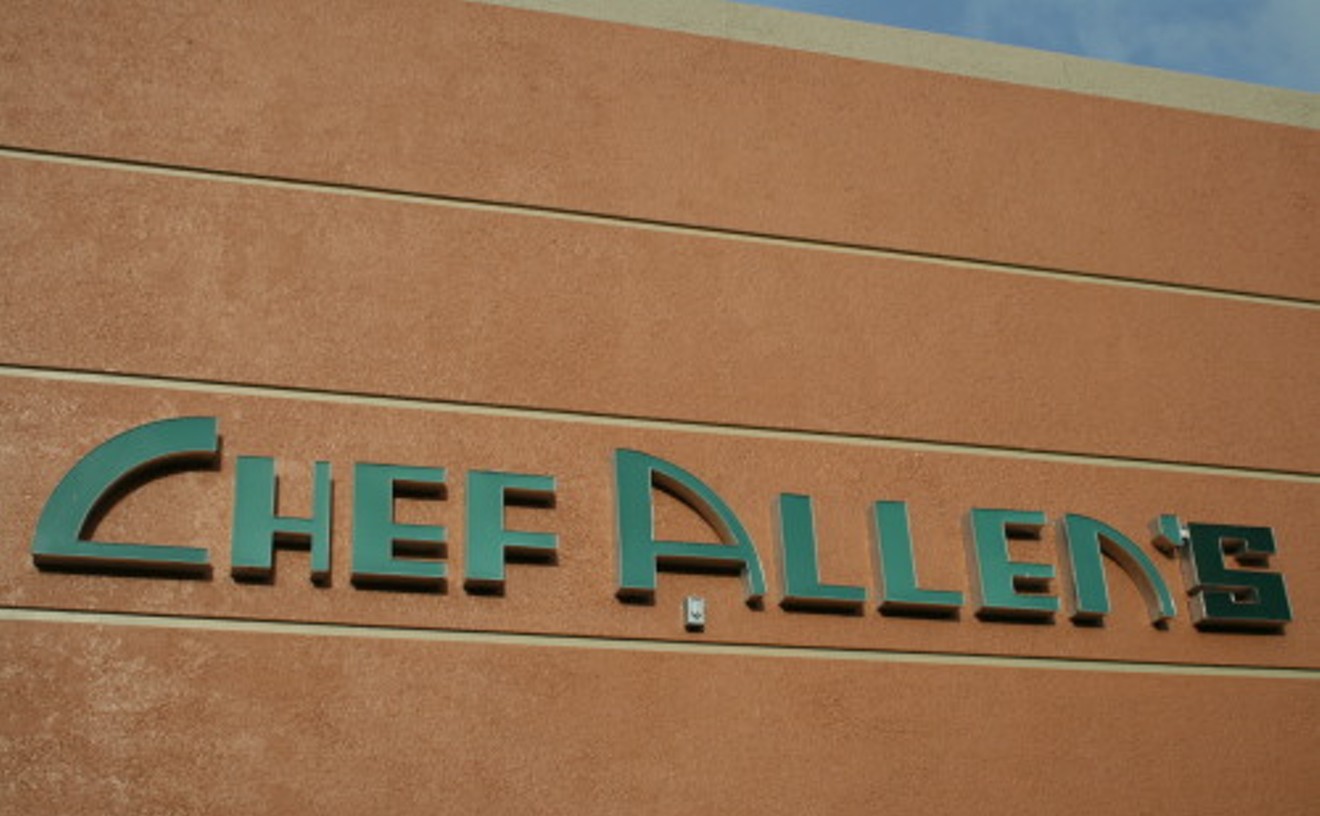— Hello, everyone, and welcome to Miami's Chophouse. We're perched in the newly installed press box high above the classic dining room, waiting for the business crowd to file in for the lunchtime action. I'll tell ya, Jer, it's always a thrill to come to this downtown restaurant, which was formerly named Manny's Steaks.
— Sure is, John, and what I like is that it combines the classic attributes of the old arenas — the white-clothed tables, leathery booths, and all those dark woods — and yet it also has the curves and windows and general light touch that young folks seem to like these days. Plus you can't beat those outdoor seats. I remember back in 1959, we...
— Thanks, Jer. I spoke with the chef during pre-dinner prep, and he's relying on the same winning formula that made the original Manny's a fan favorite in Minneapolis: big red meats, big red wines, big side dishes, and friendly, professional service. Wait, they're starting to roll the meat trolleys into the room now. Wow, what a sight!
— I remember once walking into this Minneapolis bar...
— The folks watching at home can expect to see plenty of our hefty participants cutting through USDA-certified, dry-aged 20-ounce New York strips and 24-ounce bone-in rib eyes while simultaneously cutting diminished deals with their broken brokers.
— Looks like it's going to be another packed house, which always adds to the excitement.
— And so do the waiters. You and I have been around this industry a long time, but I can't recall a feistier crew than this one. They remind the fans that dining is supposed to be about having a good time.
— Except the crowd here, at lunch, is composed of businesspeople, and well, John, you know they're not having much fun these days.
— I'm not sure about that, Jer. That group of suits sharing the 25-ounce goblet of whiskey bread pudding doused with Maker's Mark sure looks satisfied to me.
— Well, I suppose if they can afford entrées running from $30 to $40, they haven't been too adversely affected by things. Credit limits or not, power lunches will always exist — it comes down to businesspeople being businesspeople.
— We'll be back after this word from Citibank.


